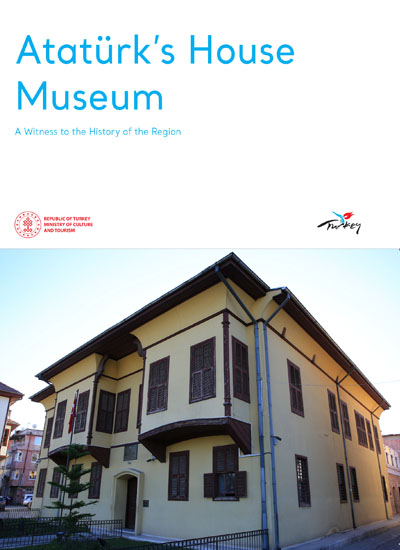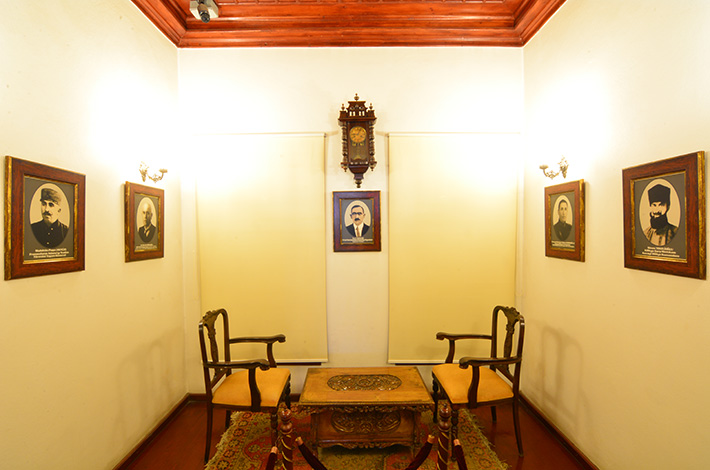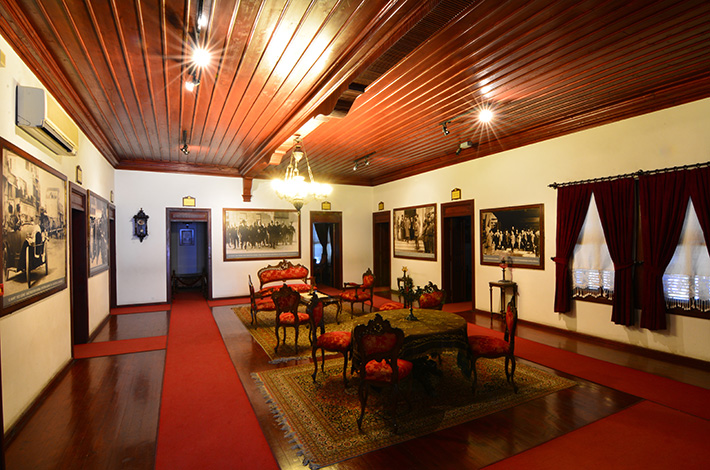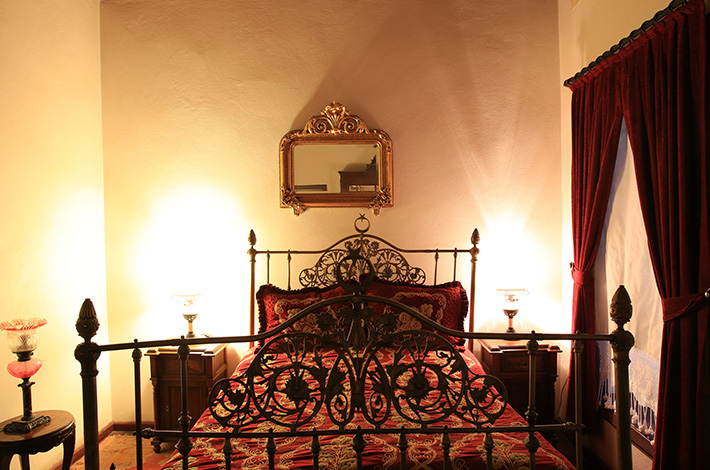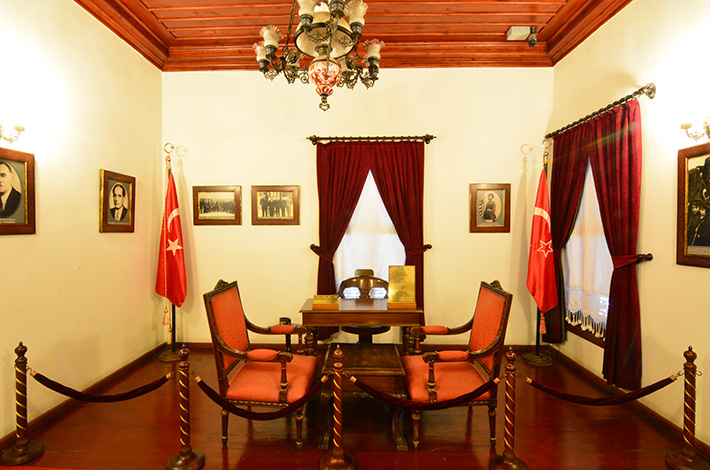The Atatürk’s House Museum is located in the Kayalıbağ quarter of Seyhan, Adana. It is a prime example of a traditional Adana house built in the 19th century. The two-storey building is constructed of brick and stone and reflects the characteristics of Ottoman architecture. The idea of national struggle had already been formed when Mustafa Kemal Atatürk visited Adana for the first time on 31 October 1918. During their visit to Adana on 15 March 1923, Mustafa Kemal Atatürk, and his wife stayed in this house belonged to Suphi Pasha of Ramazanoğulları at the time. The building was restored by the Atatürk Museum Construction and Conservation Society, under the guidance of 6th Army Corps Commander Bedrettin Demirel, with the help of the people's donations. It was later converted into the Atatürk Science and Culture Museum in August 1976, after being expropriated. The building was opened to the public as Atatürk's House Museum on 19 May 1981 under the administration of the Directorate of Museums. It was closed for restoration due to damage caused by the earthquake on 27 June 1988 in Adana. After restoration, it was reopened to the public on 15 March 2003, in memory of the 80th anniversary of Atatürk's visit to Adana. Every year on 15 March, Atatürk's visit to Adana is officially celebrated in this building. The First Floor Study Room The Study Room on the first floor displays local newspapers published during and after the Independence War. The Library The library contains 1969 books in Ottoman and Turkish languages, mostly collected through donations. The Second Floor Bedroom On the second floor, the bedroom exhibits Atatürk's brass bedstead, silver-threaded quilt and tablecloth, traditional Maraş Style two armchairs, and a wardrobe. Study Room The room displays a Maraş style armchair, a table, a chair, a telephone, a cupboard, and Atatürk's portrait. Press Room In the Press Room, there are bound volumes of the 'Yeni Adana' newspaper in a showcase, along with framed photos of the newspaper staff. The Warrior’s Room The Warrior's Room showcases portraits of Gani Grici and his fellow warriors, Gani Grici's Medal of Honor, and a clock stopped at 9:05 in memory of Atatürk's time of death. The Living Room This section exhibits a walnut chair, a narghile, a metal brazier, kilims, and rugs. Hatay Room The Hatay Room displays an engraved walnut coffee table, a Turkish flag, and various photos. The Armoury This room exhibits various types and calibers of rifles and pistols, as well as generals' epaulets, a model of the house where Atatürk was born, a sample of the stone from Osmaniye used in Atatürk's tomb in Anıtkabir, and collections of ancient coins. Adjutant’s Room In Atatürk's adjutant's room, there is a brass bedstead, a silver thread quilt, a walnut overlaid wardrobe, a metal bowl, and a ewer on display. The Kuva-yi Milliye (National Force) Room The Kuva-yi Milliye Room contains busts of Atatürk, İsmet İnönü, and other members of Kuva-yi Milliye who initiated the movement, as well as people distinguished for their efforts during the period.
ADANA MUSEUM OF ATATÜRK HOUSE
